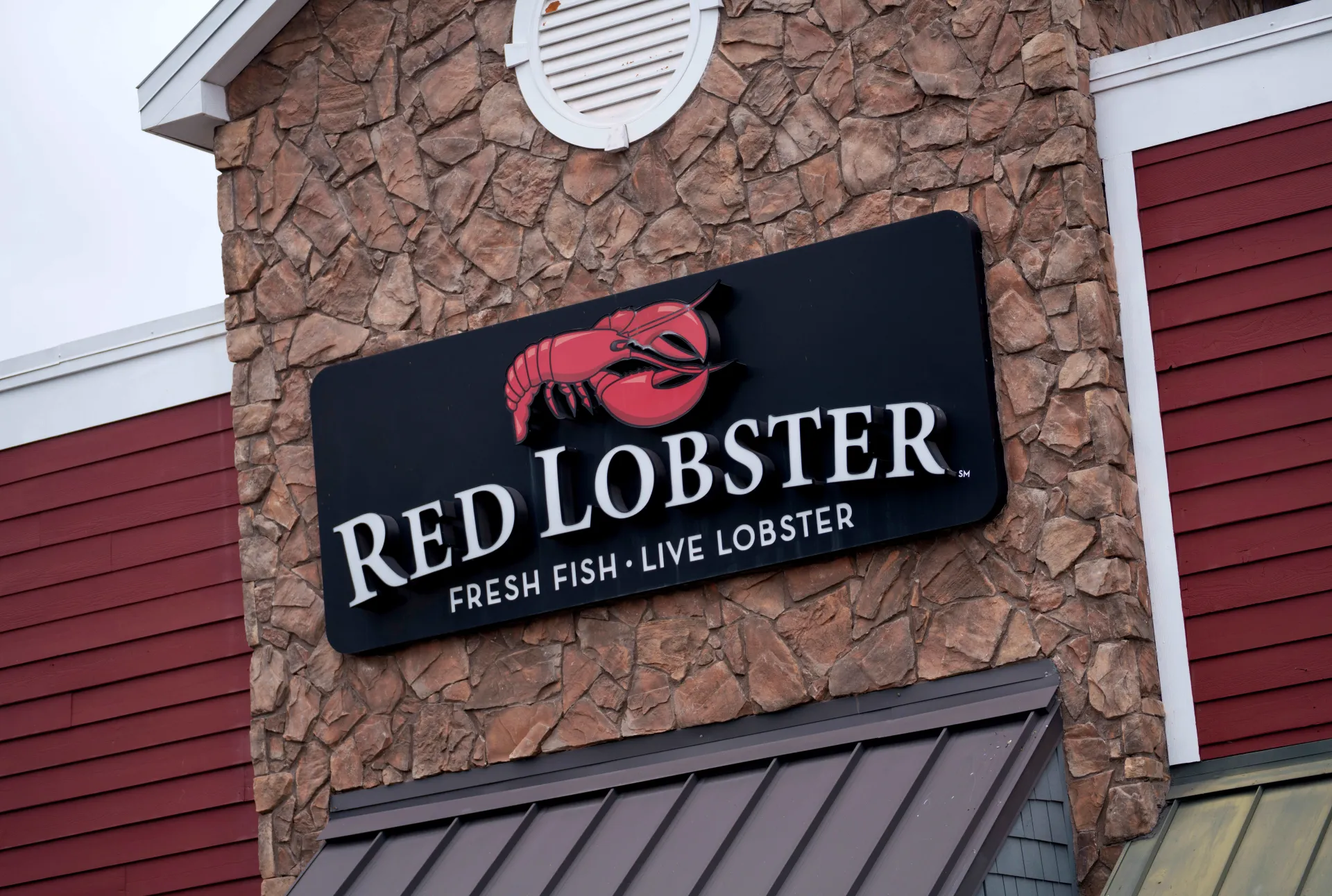It wasn’t just the free shrimp that tanked Red Lobster.
The Orlando-based seafood chain filed for Chapter 11 bankruptcy last week citing $1 billion in debt, according to court filings. The company announced the closure of dozens of stores nationally, with plans to sell company assets — including auctioning interior furniture and kitchenware.
The announcement comes after a disastrous 2023 endless shrimp promotion in which, for around $20, patrons could order as much shrimp as they wanted, prompting eating challenges by users of TikTok. But while it brought customers to stores, it also put the chain $11 million in the red.
Heather Haddon covers the restaurant industry for the Wall Street Journal and broke the news about Red Lobster’s pending bankruptcy. She explains that other casual restaurants like Olive Garden — chain-mates of Red Lobster and owned by Darden Restaurants — and Applebees are experiencing the same headwinds: customers looking for cheaper eats, plus rising labor and real estate costs.
Haddon says the saga of endless shrimp was just one in a long series of missteps going back a decade. In the early 2010s, the company was sold to private equity firm Golden Gate Capital which sold Red Lobster-owned real estate, making them beholden to landlords and leases. In 2016, Thai Union Group, one of the world’s biggest producers of canned tuna, took a minority stake in Red Lobster. This year, they decided to cut bait as the company continued to lose money, citing the pandemic and rising debts.
Haddon spoke with Today, Explained guest host David Pierce about how Red Lobster became a restaurant icon and what contributed to its decline. Listen to the full conversation and follow Today, Explained on Apple podcasts, Spotify, Pandora or wherever you find podcasts.

